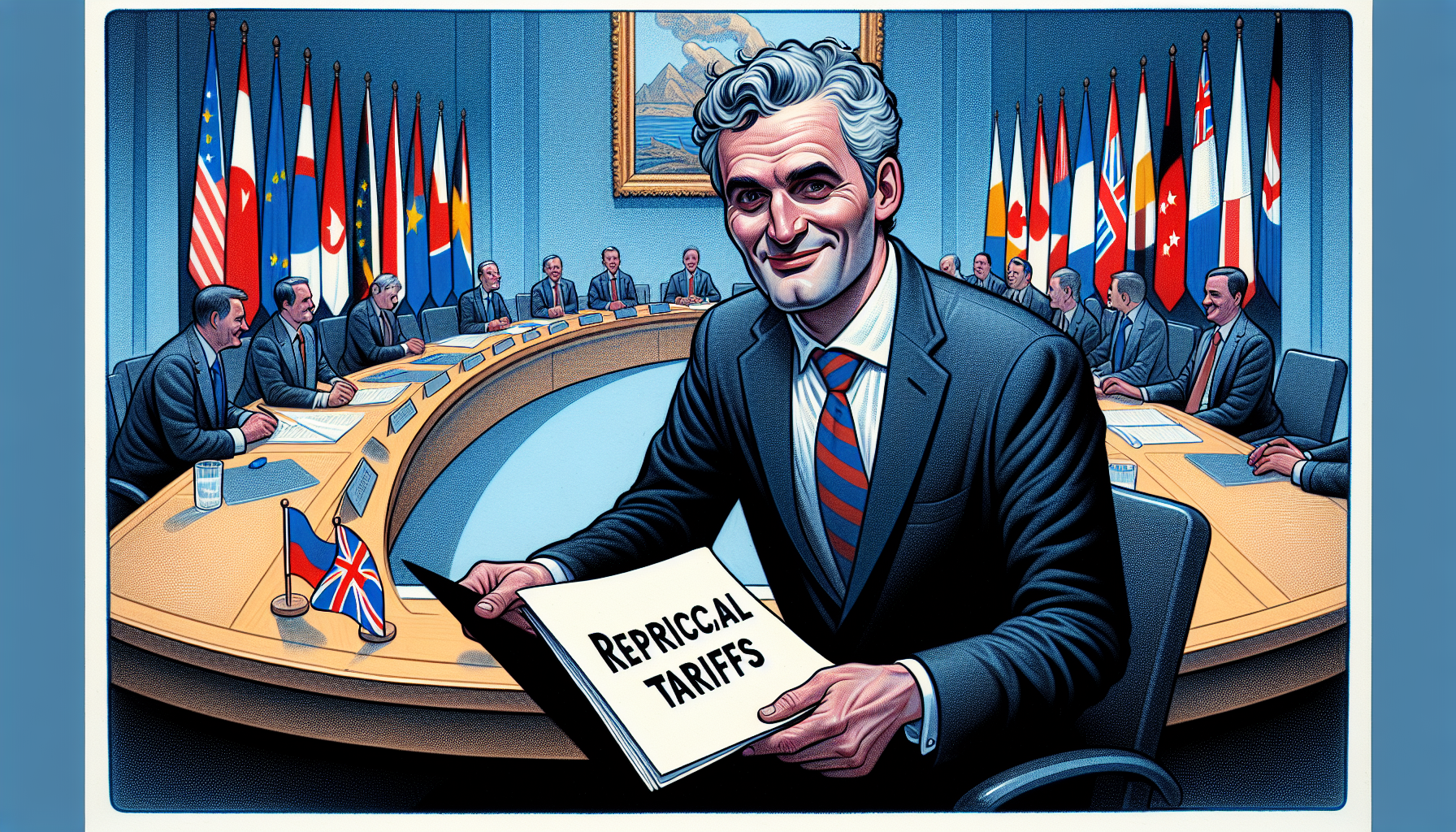Navigating the Maze: Understanding the Impact of Donald Trump's Reciprocal Tariffs
In recent years, the global economic landscape has grappled with many challenges, but few have elicited as much controversy as former President Donald Trump's approach to trade policies. On February 13th, Trump announced his decision to implement reciprocal tariffs, a move purportedly championed for "purposes of fairness." However, this decision, steeped in bureaucratic complexity, might be more problematic upon closer examination.
The Playground Justice of Trade Policies
At its core, Trump's reciprocal tariffs echoes the simplistic playground logic of "he started it," where the US reacts to perceived unfair trade practices by its partners with equivalent measures. This approach mandates American officials to scrutinize existing "non-reciprocal trade arrangements," evaluating various factors such as value-added taxes (VAT) and other non-tariff barriers. The deadline for agencies to propose potential remedies is set for April 1st, but the uncertainty of the tariffs' implications remains daunting.
Bureaucratic Nightmare or Economic Strategy?
The memorandum directing federal agencies to delve into trade policies has unveiled a potential bureaucratic quagmire. Determining which countries are the "worst behaved" poses a significant challenge, not least because global trade is an intricate web of interdependencies.
Implementing reciprocal tariffs isn't straightforward for a complex economy like the United States. The approach could disrupt international trade flows and escalate tensions with global allies, who might retaliate with their own tariffs, further entrenching global trade disagreements.
The Financial Community’s Response
Investors, already jittery about potential inflationary pressures, worry about the broader economic consequences of such tariffs. The uncertainty surrounding when and how these levies would be enforced adds an additional layer of anxiety for markets still rebounding from recent global economic disruptions.
Looking Ahead: The Global Perspective
As the US embarks on this controversial path, the world watches closely, recognizing the impact on both bilateral trade relationships and the broader global economy. The ripple effects of these policies may not be contained within American borders but could influence global markets, potentially triggering shifts in trade alliances and economic strategies.
Ultimately, whether Trump's approach leads to fairness or increased friction remains to be seen. As federal agencies work toward solutions, businesses and economists have the arduous task of preparing for the possible fallout while hoping for pragmatic resolutions.
In this evolving economic saga, one certainty prevails: The complexity of trade policies demands meticulous scrutiny, which will determine the delicate balance between national interests and global cooperation. As we navigate through these turbulent economic times, understanding these intricate interconnections becomes even more crucial for shaping future trade strategies.
